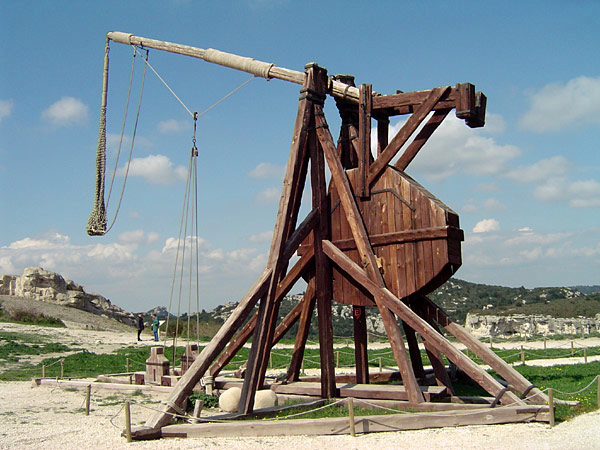|
Rydberg–Klein–Rees Method
The Rydberg–Klein–Rees method is a procedure used in the analysis of rotational-vibrational spectra of diatomic molecules to obtain a potential energy In physics, potential energy is the energy of an object or system due to the body's position relative to other objects, or the configuration of its particles. The energy is equal to the work done against any restoring forces, such as gravity ... curve from the experimentally-known line positions. References Atomic physics {{AMO-physics-stub ... [...More Info...] [...Related Items...] OR: [Wikipedia] [Google] [Baidu] |
Diatomic Molecule
Diatomic molecules () are molecules composed of only two atoms, of the same or different chemical elements. If a diatomic molecule consists of two atoms of the same element, such as hydrogen () or oxygen (), then it is said to be homonuclear molecule, homonuclear. Otherwise, if a diatomic molecule consists of two different atoms, such as carbon monoxide () or nitric oxide (), the molecule is said to be heteronuclear molecule, heteronuclear. The bond in a homonuclear diatomic molecule is non-polar. The only chemical elements that form stable homonuclear diatomic molecules at standard temperature and pressure (STP) (or at typical laboratory conditions of 1 bar (pressure), bar and 25 °C) are the gases hydrogen (), nitrogen (), oxygen (), fluorine (), and chlorine (), and the liquid bromine (). The noble gases (helium, neon, argon, krypton, xenon, and radon) are also gases at STP, but they are monatomic. The homonuclear diatomic gases and noble gases together are called "ele ... [...More Info...] [...Related Items...] OR: [Wikipedia] [Google] [Baidu] |
Potential Energy
In physics, potential energy is the energy of an object or system due to the body's position relative to other objects, or the configuration of its particles. The energy is equal to the work done against any restoring forces, such as gravity or those in a spring. The term ''potential energy'' was introduced by the 19th-century Scottish engineer and physicist William Rankine, although it has links to the ancient Greek philosopher Aristotle's concept of Potentiality and Actuality, ''potentiality''. Common types of potential energy include gravitational potential energy, the elastic potential energy of a deformed spring, and the electric potential energy of an electric charge and an electric field. The unit for energy in the International System of Units (SI) is the joule (symbol J). Potential energy is associated with forces that act on a body in a way that the total Work (physics), work done by these forces on the body depends only on the initial and final positions of the b ... [...More Info...] [...Related Items...] OR: [Wikipedia] [Google] [Baidu] |

